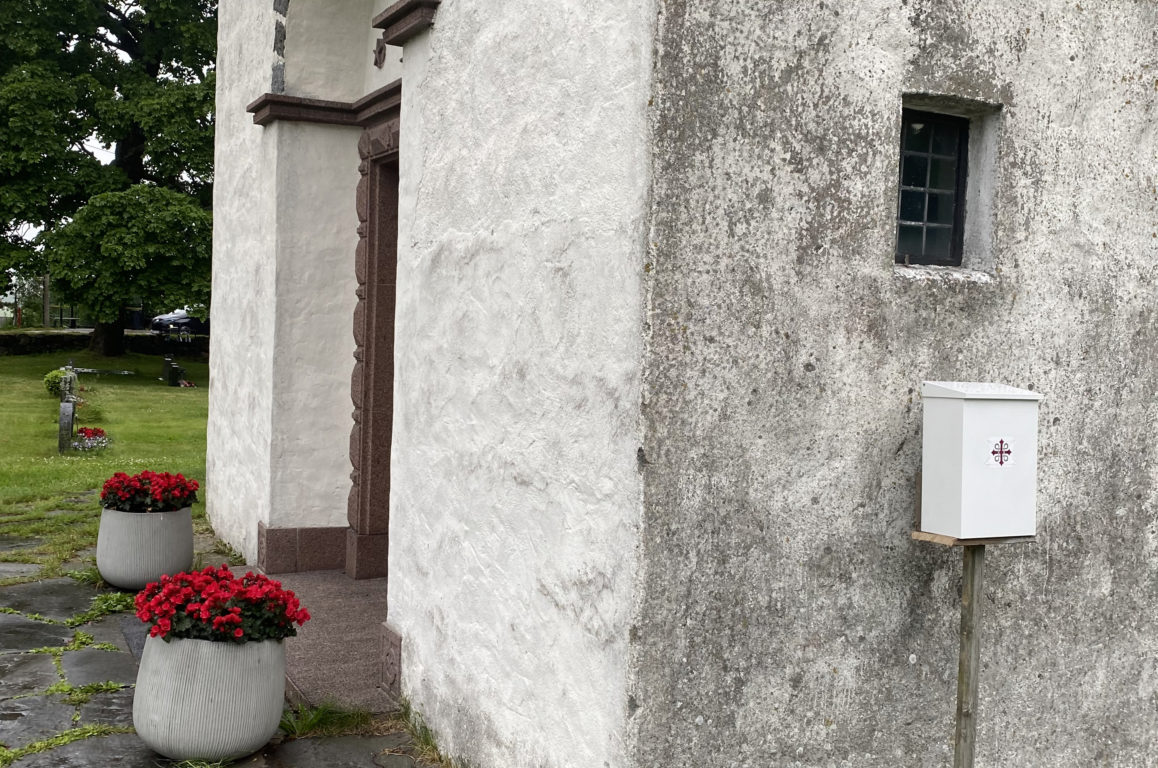Borre Church
Address
Phone
+47 33 52 91 00Opening hours:
For services see the website: https://www.horten.kirken.no/Kalender
It is thought that Borre Church was built during Olav Kyrre's reign from 1066-1094. In 1994, a celebration marking the 900-year anniversary of the church was held - with Queen Sonja present. The same year, there was a 1000-year anniversary of Christianity in Borre. The jubilee was marked with a large service in Borreparken with about 1000 people present.
From 1673 the church belonged to the county of Griffenfeld, later called Jarlsberg county. In 1899 the shipowner Hannevig bought the church from chamberlain Herman Wedel Jarlsberg for NOK 3000. Since 1 January 1900 Borre Church has belonged to the congregation, as a gift from Hannevig. The church is dedicated to St. Olav and St.Nikolaus. Nikolaus was known as a caring and generous man who always wanted to help the poor. His holiday is 6 December, and his life is the origin of the stories of Santa Claus and the tradition of gift giving.
there are two symbols attached to the pews of the church that indicate that Borre church is a pilgrim church: The shell of St. James and the Rose of St. Olav. Borre church is located by the pilgrim trail going to Santiago de Compostela in Spain and to the Nidaros Cathedral in Trondheim.
The shell is, in the Christian faith, a symbol of baptism and resurrection. It is associated with Jesus' disciple, James, who according to legend was washed ashore, dead and entangled in shells, off the coast of Spain, where he is the national saint. Pilgrims who have subsequently visited and still visit his tomb in Santiago de Compostela often bring shells with them.
The Rose of St. Olav is a symbol of Saint Olav, King of Norway from 1015 – 1030. King Olav was appointed a saint and Rex Perpetuss Norway - Eternal King of Norway.
The Cross of Borre is central to the church. In 1411, Queen Margrethe wrote a letter in which she sent out pilgrims to various places: Jerusalem, Rome, Santiago and to various places in the Nordic countries. She also sent pilgrims "to the Holy Cross at Borre”. A copy of the queen´s letter hangs at the entrance of the church. It is said that after Nidaros, Borrekorset was the most important pilgrimage site in Norway in the Middle Ages. The reason is that it was believed to be a sacred relic from Jesus' cross inside the Borre cross. The cross symbolizes the tree of life, which was restored by Jesus' atoning death on the cross. The old cross from the year 1270 is kept in the University's antiquities collection in Oslo. The copy that today hangs in Borre church was given as a gift by Sam Eyde in 1927.
The pulpit is considerably older than the altarpiece, which is from 1741. It might have been in place shortly after the Reformation in 1537. Five carved female figures that symbolize hope, justice, bravery, wisdom, and love.
The symbol of love is of a woman with a bare breast and a child on her arm. Originally it was placed in the middle - but later moved to the corner making it less offensive. The right side of the church was regarded as the men's side.
The altarpiece in Borre Church is originally from 1666. The great Danish church artist Aber Schrøder is the creator of the beautiful altarpiece. It was painted as it is today in 1741.
The baptismal angel is from ca. 1880. It was placed in the church during Earl Jarlsberg's time and ownership. It was returned to the church during the restoration in 1926-1928. The granite baptismal font is from 1893.
The votive ship in the church was built by ship maker Jerimiassen from Ytre Kjær in Borre. Jerimiassen was later imprisoned in England after the piracy war from 1808-1809.
